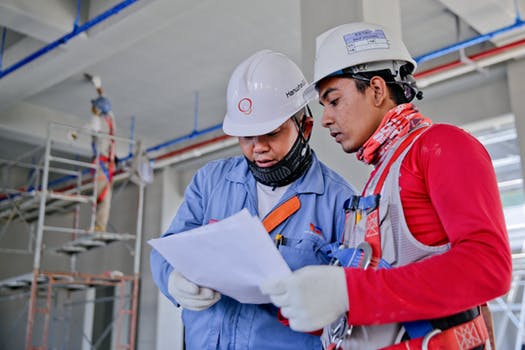SLII® and Partnering for Performance: UPDATED
FLEXIBLE TO MEET YOUR NEEDS
Available as: Live In-Person Workshop, Live Virtual Workshop, & On-Demand E-Learning Formats
The topic of performance management comes up quite frequently in conversations and articles in the Human Resources and Learning and Development industries. Some organizations have decided scrap performance reviews and their performance process all together, while other organizations have refined or simplified the way performance is managed.
I think that a process that allows leaders and their direct reports to get feedback and know how they're doing is very important! One model that I have been teaching for over 10 years is the Partnering for Performance steps in SLII®. SLII is one of the oldest and most used programs globally. For over 50 years, SLII content, program length and pricing continues to change to meet the needs of clients.
Partnering for Performance is a process of "reaching agreements with people about their development level and the leadership style needed to help them achieve individual and organizational goals." (Ken Blanchard Company, 2011). Now more than ever, when employees do not feel supported by leadership, they quit or transfer to different departments.
This process has a few steps.
The prerequisite to applying this process includes: teaching the direct report the SLII® model and identifying the overall business outcomes.
Steps to follow include:
The Five agreements: Get agreement on
1. Goals
2. Development Level
3. Leadership Style (current and future)
4. Leadership behaviors
5. Follow up
According to the SLII® model, there are 4 Levels of Development.
To start, a few goals are identified. The next step is to determine the diagnosis Level of each of the goals. Are they at Level 1 where they are brand new and excited about the task or skill, but lack competence? Maybe they are at Level 2 where they now know what they don't know, are frustrated, and still have low to no skills. Maybe they’re at Level 3, where you have been working with them to develop their skills, and they been successful; however they don't feel very confident in their own ability. Or perhaps they're at Level 4, where they have both competence in the skill, as well as confidence and motivation.
There are also Four Styles of Leadership to support the employee in their development. Therefore, the next step is to identify the Leader’s current Leadership Style. Is the leader using Leadership Style 1, where they are teaching, giving a lot of direction, but not a lot of emotional support? Is the leader using Style 2, where they work to support both skill building, as well as the emotional needs of the employee? Maybe they're using Style 3 and are no longer teaching, but support the attitude and confidence of their direct report. Maybe they're using Leadership Style 4 where they set expectations and give feedback, but don't have to spend any time with skill building or supporting confidence and motivation.
Leadership Styles of SLII®
After the employee and the manager confirm the Diagnosis Level and the Leadership Style, they can determine if it's actually a match and it's working. Sometimes a leader may think their employee has the skill or competence at Level 4, when they may in fact be at a Level 2 or Level 3. It's important for leaders to match the Level of the employee’s development with their Leadership Style. If the employee is at Development Level 3, the leader should use Leadership Style 3 because it is a match for what the employee needs in terms of their Level of Competence and Commitment.
Frequency?
These performance conversations should take place every other week and be about 30 minutes in length. The employee should set the agenda for the meeting based on topics and goals that are important to them. Using the Partner in Performance model by the Ken Blanchard Company, is an effective way to consistently have communication between the employee and their leader so that the employee can continue their development.
What questions do you have on the Partner in Performance or the SLII® model? Leave in the comments below.
My other blogs on SLII:
Questions? Let’s connect. I would love to hear your success stories. Please send them to: hello@sarahscala.com or visit www.sarahscala.com
*As an approved Channel Partner within the Blanchard Partner Network, Sarah A. Scala Consulting is licensed to market, sell, and train SLII®.
Sign up for our Newsletter for great articles, tools, and top blog posts
About the Author:
Sarah Scala is a senior talent management leader and executive coach with 20+ years of experience providing organization development, change management, and leadership development solutions for diverse global and local industries. She is a collaborative consultant, coach, and educator supporting performance transformation of executives, leaders, and teams. Sarah is a methodical, results-driven leader recognized for helping clients reach their highest potential, increase revenue, reduce turnover, elevate business profitability, build competencies, and improve performance.
Privacy policy: I do not rent, sell, trade or share your email address with anyone, ever.
©Sarah A Scala Consulting
All rights reserved. Excerpts and links may be used, provided that full and clear credit is given to Sarah A. Scala Consulting with appropriate and specific direction to the original content.





